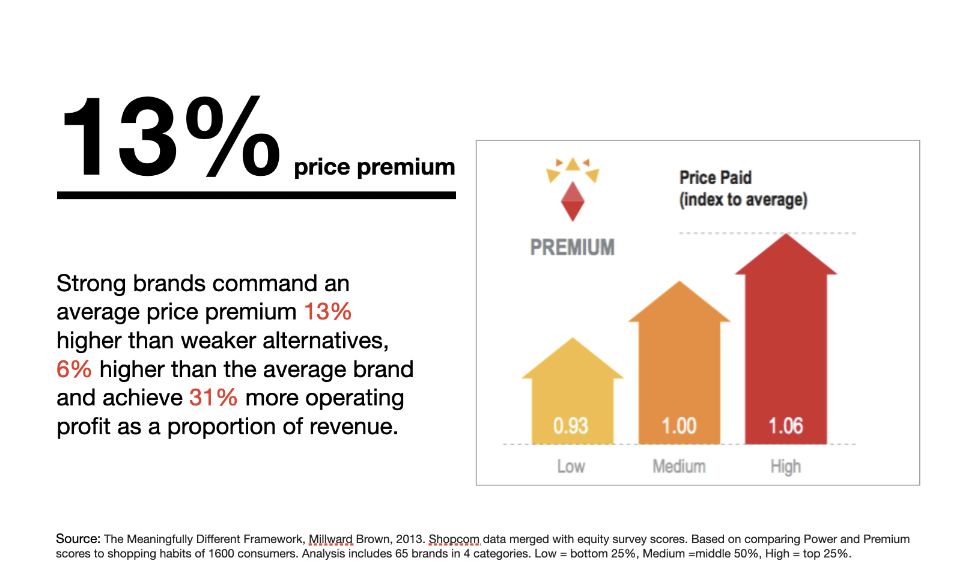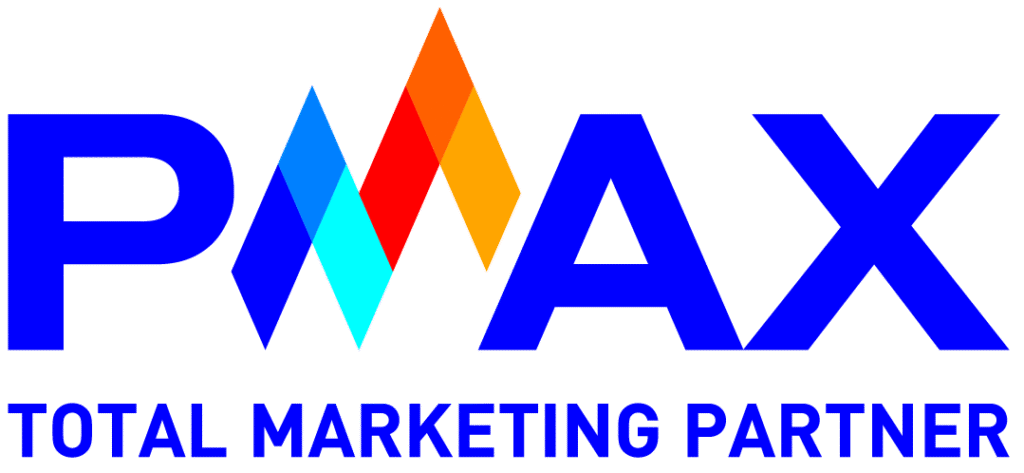A brand is not just a symbol of recognition but a valuable intangible asset that plays a crucial role in the success and sustainability of a business. According to Jonathan Knowles, brand value contributes an average of 20% to the market capitalization of companies, demonstrating the significant impact of branding on a company’s economic value. Studies by Kantar Millward Brown and BrandZ also show that strong brands not only excel in revenue growth but also protect and enhance value during market downturns.
This article will delve deeper into the role and value of brands, from their historical development to strategies for building and protecting them in the modern economy.
The Brand – One of the Most Valuable Business Tools
A brand is arguably the most powerful and flexible business tool ever invented. Imagine a world where every action you take online is tracked and analyzed. Building a brand not only helps your image stand out among countless competitors but also fosters trust and loyalty from customers. Many focus heavily on optimizing measurable metrics across communication channels, often overlooking the importance of brand building. A brand is not just a name people remember when choosing products; it is a key driver of long-term business success.
A strong brand is the most valuable commercial asset of a company. It increases the likelihood of customers choosing your products or services over competitors, attracts more customers, and helps reduce sales costs over time. A strong brand encourages customers to pay a premium or purchase more than initially planned, leading to higher revenue, better profits, and more effective business growth year after year, resulting in higher investment returns for shareholders and investors. Additionally, a strong brand helps attract, motivate, and retain employees, the second most important asset of a business.
Employees want to work for a company they are proud of and benefit from the brand’s value through the company’s profits. A strong brand also creates a competitive barrier for rivals and provides a unique advantage, positioning the brand at the top of the competition.
Build your brand to be a beacon in the marketplace, attracting and guiding potential customers through the complexities of service quality, product quality, and business reputation. When you have a strong brand, it inherently meets the essential needs of your target audience as a default promise.
According to Jonathan Knowles, brand value is a critical factor, contributing an average of 20% to a company’s market capitalization. This indicates that a brand is not just an identifier but a precious asset significantly affecting the company’s economic value. The contribution of brand value to market capitalization can vary across industries. Some sectors may rely more on brand value to create economic value, while others may depend on fixed assets, intellectual property, or other competitive advantages.
A meta-analysis approach provides a comprehensive perspective by aggregating data from multiple studies and brand valuation companies. This method offers a diverse and richer view of how brands are valued in the market. While some brands may contribute over 50% to market capitalization, others might only account for a small percentage. This diversity highlights the unique nature of each brand’s contribution to a company’s overall value, varying significantly across different companies and industries.

Sources: Jonathan Knowles, Type 2 Consulting, analysis of data from annual brand value league tables published by Brand Finance, Eurobrand, Interbrand, and Millward Brown from 2010 to 2015, encompassing 2,590 observations for 360 brands.
Additionally, a report by Kantar Millward Brown, BrandZ, shows that strong brands grew by 124.9% between April 2006 and April 2017. This demonstrates that strong brands can generate higher shareholder value than the market average. Brands listed in the BrandZ Portfolio outperformed the S&P 500, which only grew by 82.1%, and the MSCI World Index, which grew by 34.9% over the same period. This performance indicates that investing in strong brands can provide significantly higher returns than the broader market and offer protection during market downturns.

Sources: Kantar Millward Brown, BrandZ, 2017.
Strong brands significantly influence consumer purchasing decisions. According to Millward Brown, brands with high ‘power’ scores attract three times more sales than average. This correlation between brand strength and sales underscores the importance of a strong brand in driving revenue. Moreover, strong brands not only generate higher sales but also contribute to higher income for the company compared to weaker brands.

Sources: The Meaningfully Different Framework, Millward Brown, 2013.
Strong brands can command prices 13% higher on average than weaker brands, reflecting the higher perceived value consumers are willing to pay for the quality and reputation these brands offer. They also achieve 6% higher prices than the market average, indicating their ability to set higher prices without relying on price competition. Additionally, strong brands achieve 31% higher operating profits compared to revenue, demonstrating that branding positively impacts profitability.

Sources: The Meaningfully Different Framework, Millward Brown, 2013.
Strong brands have a significantly higher chance of increasing their market share compared to weaker brands, with a probability of 0.89 (almost certain), while brands with low potential have a probability of 0.23. This advantage in market share growth underscores the competitive edge strong brands have in the marketplace.

Sources: The Meaningfully Different Framework, Millward Brown, 2013.
What is Brand Value?
Brand value is a combination of factors including customer perception, emotions, and expectations towards a business and its products or services. It encompasses not only tangible elements like logos, slogans, and colors but also intangible aspects like core values, strategic vision, business style, customer experience, and public communication. These elements together create a unique brand identity, making it stand out and differentiating it from competitors.
A strong brand attracts customers by building trust and loyalty, creating a competitive advantage for the business. Customers are willing to pay more for products/services from brands they trust and love. Thus, brand value drives sustainable revenue and profitability for the business.
Historically, branding has evolved from simple marks of ownership in the 19th century to differentiating products and building corporate identity. Today, branding remains a vital asset contributing significantly to a business’s success in a competitive market.
The Role of Brand Value in the Modern Economy
Brands are widely recognized as valuable intangible assets by both business executives and marketers. Numerous studies provide evidence of the positive impact of strong brands on customer loyalty, revenue, and profitability. Enhanced brand reputation and image build customer loyalty and allow for higher product/service pricing, in line with the growth of brand value.
In modern marketing, there are two main types of marketing:
- Sales Activation: This approach prioritizes immediate sales growth, providing quick returns but requiring significant marketing investment, which may diminish over time.
- Brand Building: This strategy focuses on long-term growth through increased brand recognition and customer affinity, creating new customer bases and optimizing marketing costs. A strong brand supports sales activities by enabling higher product pricing and increasing customer retention rates.

Sources: 2030 B2B Trends – Contrarian Ideas for the Next Decade, The B2B Institute.
In the B2B segment, sales activation is often referred to as “demand generation,” but it doesn’t create demand; it captures existing demand. Brand building, however, creates demand in both the short and long term.

Sources: 2030 B2B Trends – Contrarian Ideas for the Next Decade, The B2B Institute.
Every brand has two classic customer groups: target market customers and those outside the target market. Target market customers are ready to purchase from their favorite brands, while the latter group may need more time and strategic engagement from the brand to make purchasing decisions.
Building a brand is a long-term journey requiring continuous commitment and investment. In an era where every business action is tracked and analyzed, possessing a strong brand is key to not only surviving but thriving in the market. Let your brand be a guiding lighthouse, attracting and retaining customers in the vast ocean of competition and constant change.




